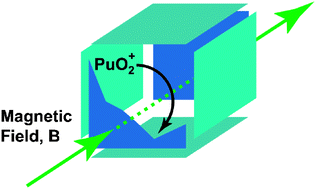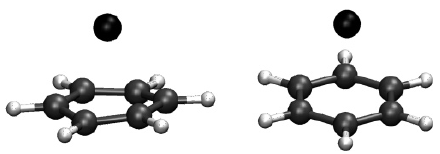-
A theoretical study of the ground state and lowest excited states of PuO0/+/+2 and PuO20/+/+2
G. La Macchia, I. Infante, J. Raab, J.K. Gibson and L. Gagliardi
Physical Chemistry Chemical Physics, 10 (2008), p7278-7283


DOI:10.1039/b810744k | unige:3566 | Abstract | Article HTML | Article PDF

The ground and excited states of neutral and cationic PuO and PuO2 have been studied with multiconfigurational quantum chemical methods followed by second order perturbation theory, the CASSCF/CASPT2 method. Scalar relativistic effects and spin–orbit coupling have been included in the treatment. As literature values for the ionization energy of PuO2 are in the wide range of ~6.6 eV to ~10.1 eV, a central goal of the computations was to resolve these discrepancies; the theoretical results indicate that the ionization energy is near the lower end of this range. The calculated ionization energies for PuO, PuO+ and PuO2+ are in good agreement with the experimental values.
